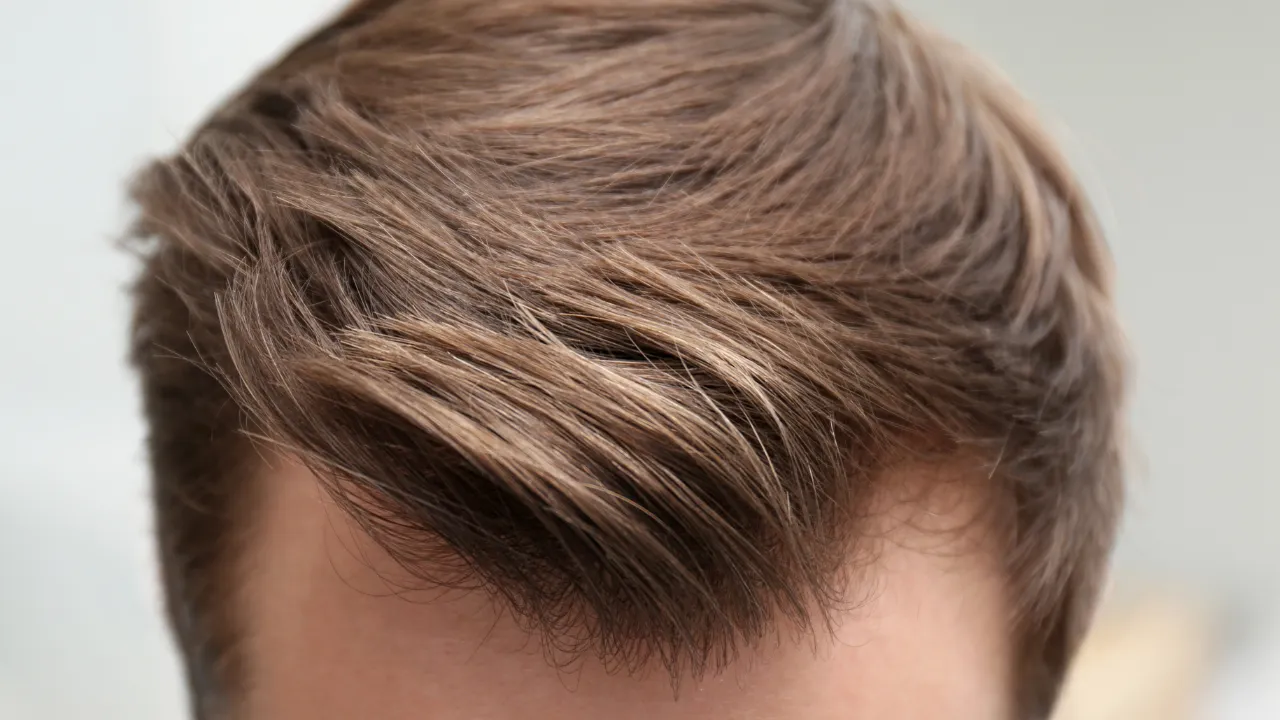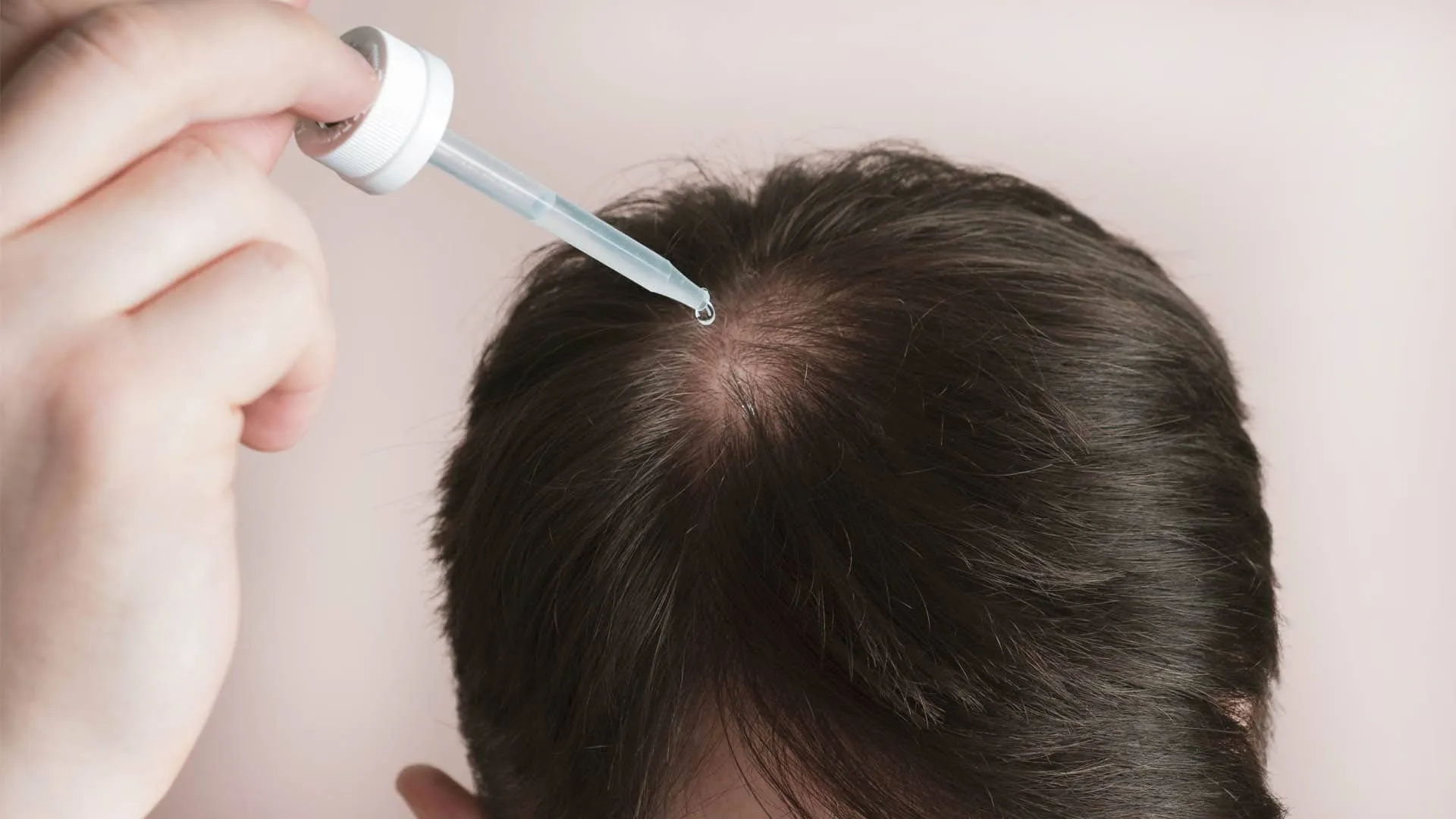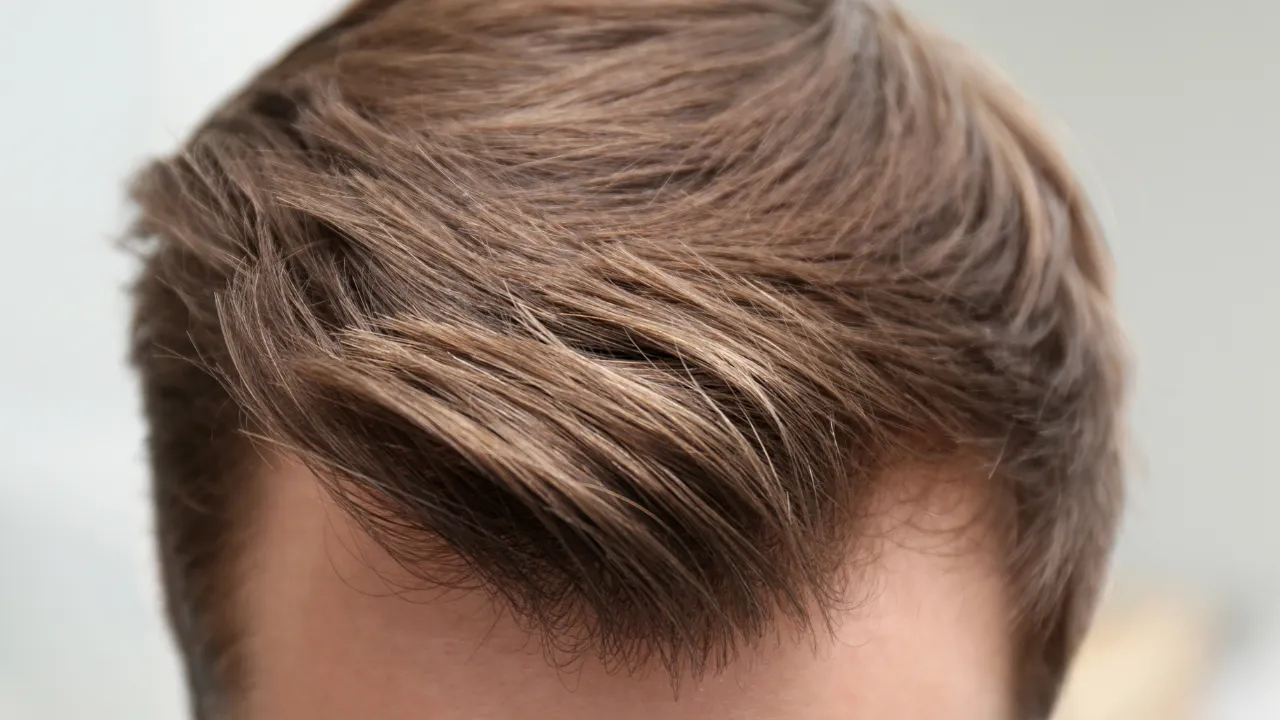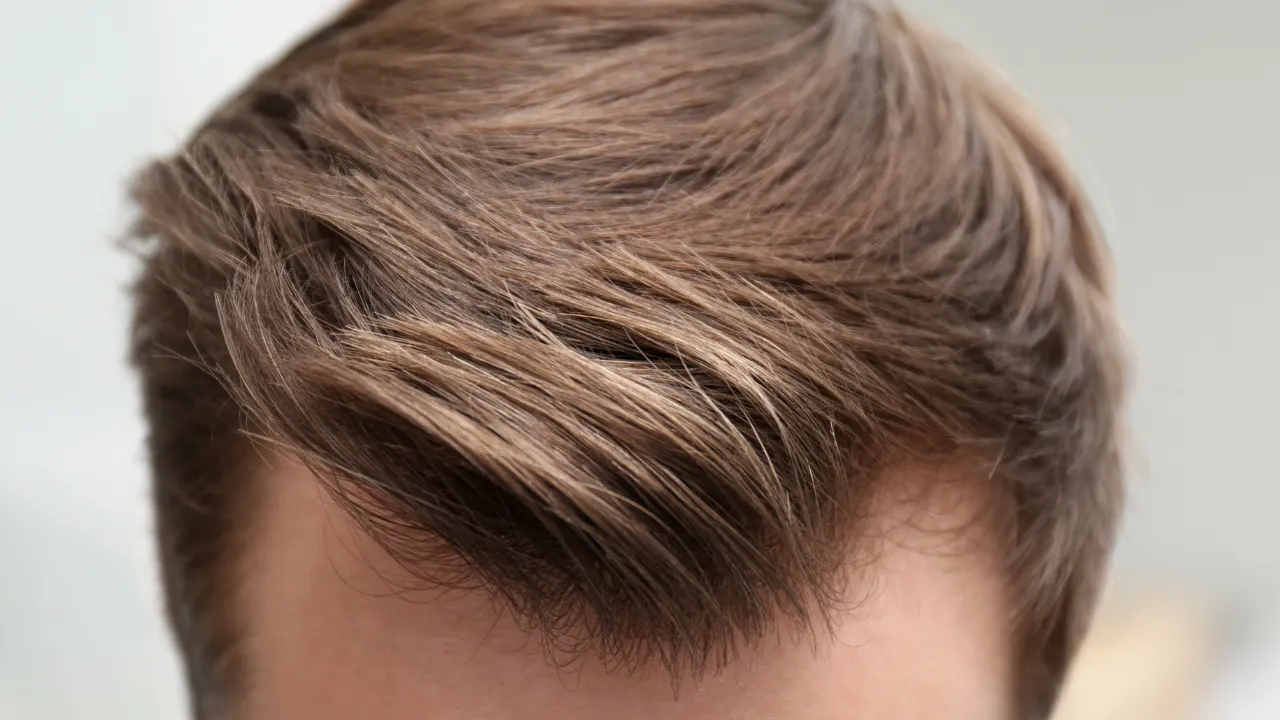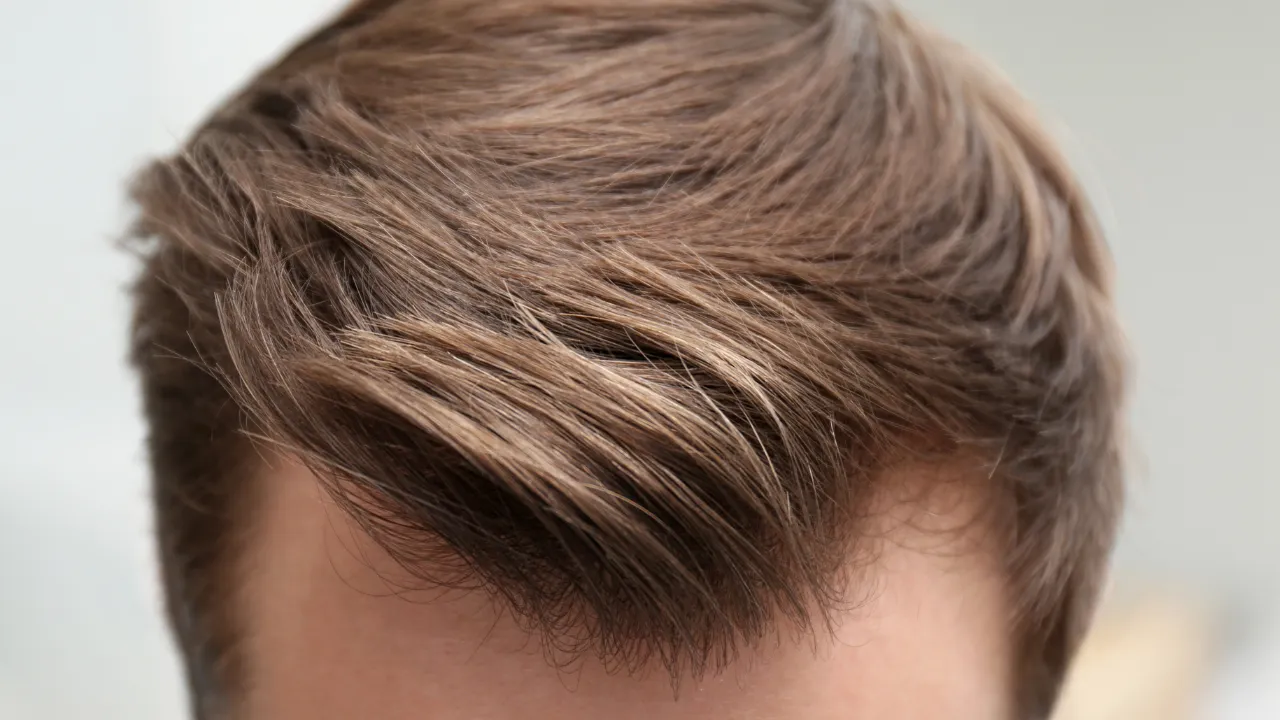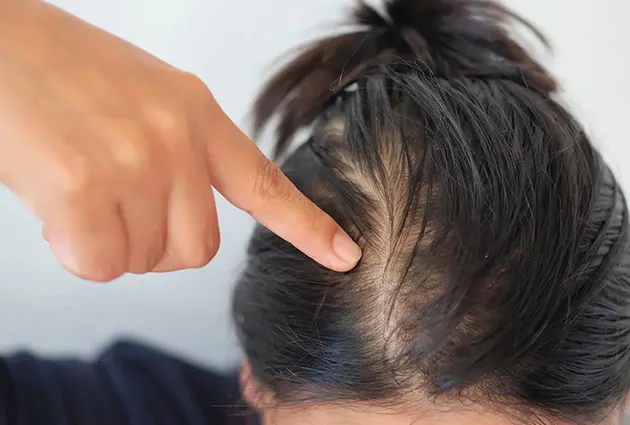Table of Contents
ToggleWhen deciding between hair replacement vs transplant, it’s important to understand the key differences. Both methods offer unique benefits depending on your needs, budget, and goals.
Many people search for terms like hair transplant vs implant, hair implant vs transplant, or hair implant vs hair transplant—often thinking they refer to different procedures. But are they really different? Let’s break it down. This article will guide you through the pros and cons of each approach to help determine the best solution for your hair restoration.
Introduction: Understanding Hair Loss Solutions
There are many options for treating hair loss, each offering unique benefits. Hair replacement systems provide quick, non-surgical solutions for covering thinning hair and baldness areas. In contrast, hair transplants involve relocating hair follicles through a surgical procedure, promoting natural hair regrowth in the affected areas.
This method offers a more permanent solution but comes with a longer recovery time. Choosing the right option depends on your goals, whether you seek immediate coverage or a lasting solution.
What is Hair Replacement?
Hair replacement refers to non-surgical methods for covering thinning hair or baldness areas. These systems include wigs, toupees, and synthetic hair solutions, offering immediate results without the need for surgery. Although they provide a fast fix for hair loss, they require regular maintenance and don’t promote natural hair growth.
Types of Hair Replacement Systems
Hair replacement systems are non-surgical options designed to cover thinning hair or baldness areas. Common types include wigs, toupees, and synthetic hair systems. These options are customized to suit the individual’s scalp and hair type, offering a quick solution without the need for a surgical procedure. They are ideal for those looking for an instant fix to their hair loss.
Pros and Cons of Hair Replacement
The primary benefit of artificial hair systems is their ability to provide immediate results. However, they require regular maintenance and do not promote natural hair growth like hair grafting. While they can offer a full head of hair instantly, they do not provide a long-term solution and may wear out over time.
Hair Transplants Explained
Hair transplants are a surgical solution for restoring natural hair by relocating hair follicles from one part of the scalp to areas affected by hair loss. This procedure promotes hair growth in areas where hair has thinned or stopped growing.
How Does a Hair Transplant Work?
During hair transplant surgery, a surgeon removes hair follicles from a donor site, usually the back of the head, and implants them into baldness areas. The most common techniques are follicular unit extraction (FUE) and follicular unit transplant (FUT). Over time, the transplanted hair begins to grow naturally, blending with the patient’s existing hair.
Why Hair Transplants May Not Be Worth It for Everyone
While hair transplants can provide permanent results, they aren’t suitable for everyone. Factors like high costs, lengthy recovery times, and the fact that hair transplant involves surgery may deter some. Additionally, existing hair may continue to thin, and further procedures could be necessary to maintain results.
Hair Transplant vs. Hair Regrowth Treatments
Hair transplant surgery involves moving hair follicles to baldness areas, offering a permanent solution. In contrast, regrowth treatments like Rogaine stimulate hair growth in thinning hair but do not involve hair grafting or the use of transplanted hair.
These medications must be used consistently and are less effective for extensive hair loss. While regrowth treatments are non-invasive and easier to use, transplants provide lasting results through a surgical procedure.
Hair Transplant vs. Hair Implant: Cost, Maintenance, Natural Look and Longevity
Both hair transplants and hair implants aim to restore coverage in baldness areas, but they differ significantly. Hair transplants use existing hair from the patient, relocating hair follicles to thinning areas. This method provides natural hair growth and permanent results with minimal maintenance after the initial recovery from the surgical procedure.
In contrast, hair implants involve using synthetic hair made from artificial hair fibers. While they offer immediate coverage without surgery, they don’t promote natural hair regrowth and require frequent upkeep. Implants typically have lower upfront costs but lack the longevity and natural look of a transplant. Over time, transplants tend to be more cost-effective and provide better long-term results.
What is the Best Age to Get a Hair Transplant?
The ideal age for a hair transplant, whether using FUE or FUT techniques, depends on the progression of thinning hair and hair loss. Generally, it’s most effective when hair loss has stabilized, often in individuals aged 25 to 40. Younger patients may continue to lose existing hair, requiring further procedures later on.
Which Option is Right for You? Consult with a Hair Restoration Expert
When choosing between hair replacement and hair transplant, it’s important to consider your budget, desired results, and lifestyle. Hair replacement offers a fast, non-surgical option but needs regular upkeep, while transplants are permanent but require surgery and a recovery period.
Consulting with a specialist like Dr. Kopelman helps you determine which option fits your needs, ensuring a personalized approach based on your hair loss stage and long-term goals. An expert can guide you to the best solution for optimal results.











